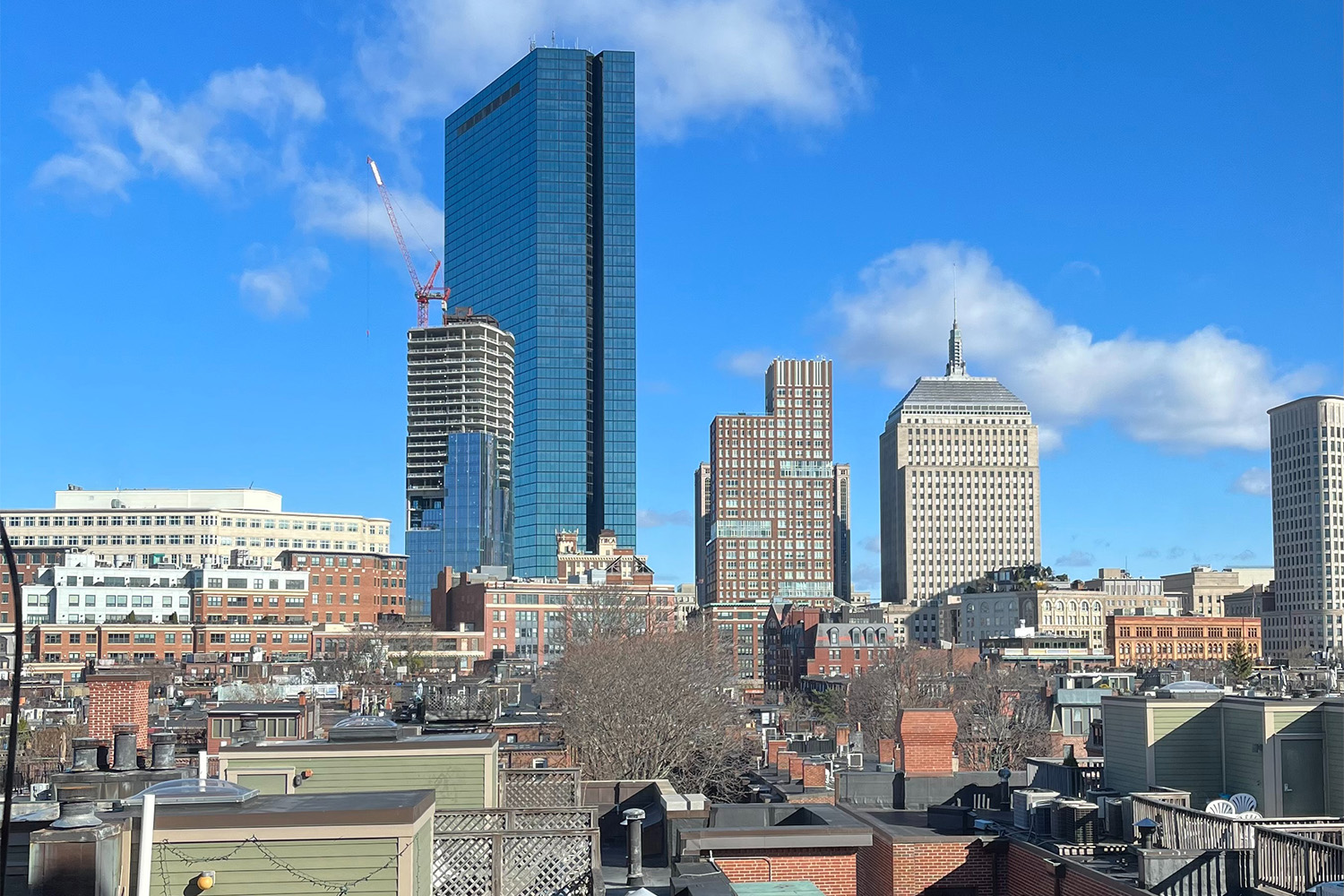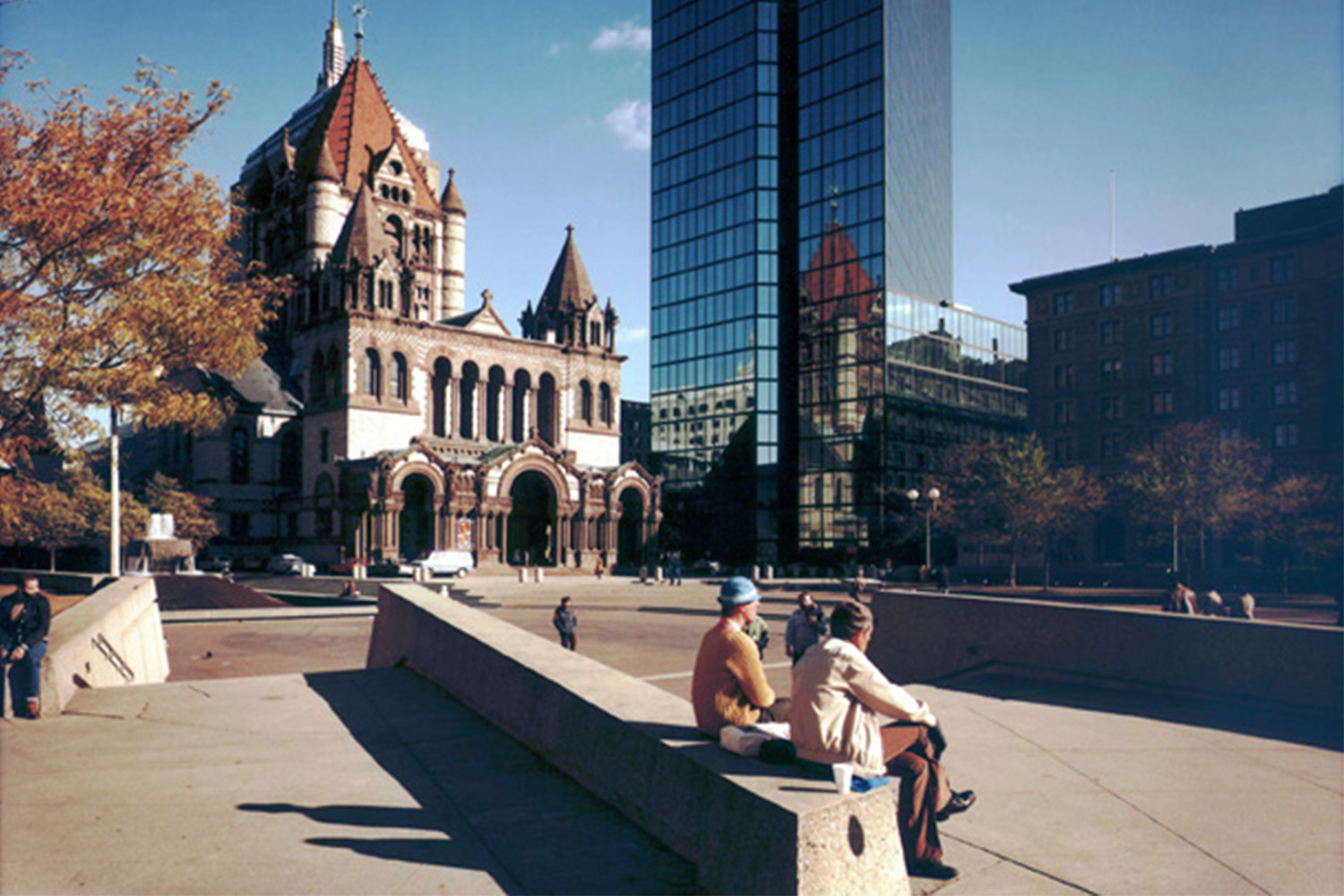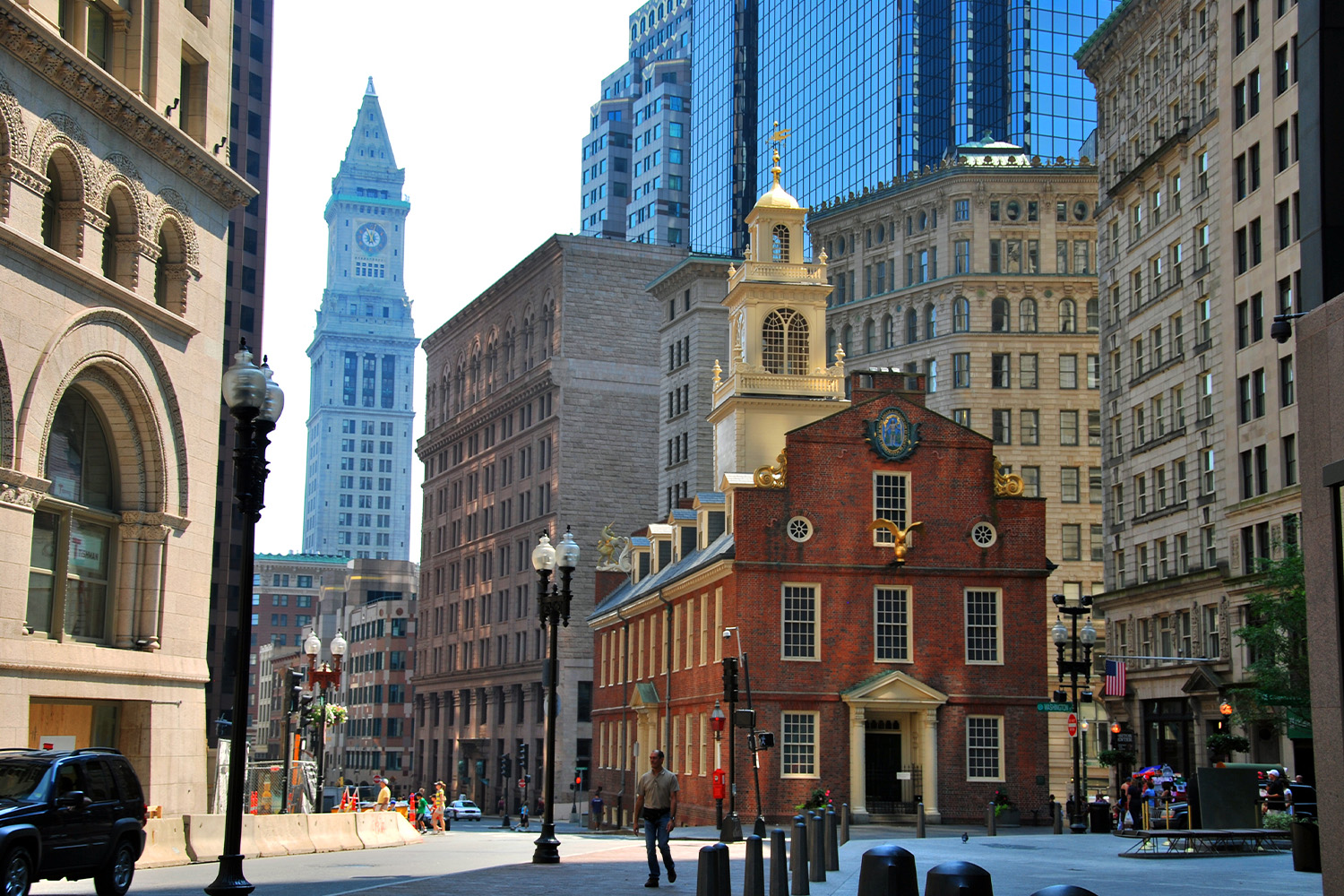Preservation for the Future
Share

Pure Historic Preservation truly only occurs in the extreme examples of museums.
Consider George Washington’s home, Mount Vernon, or Louisa May Alcott’s Orchard House in Concord, MA. These are important; they retain as much authentic detail as possible. However, they are the “fine china” of preservation – only for special occasions.
On the other hand, Adaptive Use is intriguing because it strives to find the high and best purpose for historic buildings, in the context of today’s world.
Recently John Tocci circulated an article on “How Buildings Learn” which points out that buildings are best considered in a series of layers. Each building element depreciates differently. The façades and foundations will outlive interior partitions, which will outlive carpets, and so on. So adapting a historic shell to suit a new purpose is common sense. Constructed from load-bearing brick or limestone, these buildings were built without an expiration date. Conversely, most modern buildings are designed to “live out their useful lives” within 25 years.
These antique buildings provide an architectural anchor for cities, great and small. They are the ballast that keeps our cities balanced. Without them, we would demolish and rebuild entire cities every other decade. The architectural fabric would fleeting and temporary.
In addition to the practical fact of their durability, there is an aesthetic advantage to keeping our older buildings. They bring some variety to the urban landscape – which is welcomed by all, including modern neighbors. Henry Cobb, a founding principal of Pei Cobb Freed & Partners, acknowledged this in the design concept for the John Hancock Tower: “The new design would stand alone in the skyline, meaning it needed a dramatic profile. But in the square, it had to honor Trinity Church.”

These established buildings dictate the architecture and scale of their surroundings. New architecture must work sympathetically with the existing architecture. In many ways, the modern façade of Boston’s Boylston Street Apple store is celebrated because of its contrast to its historic neighbors, a bow front townhouse on one side and a cast iron façade classic on the other. The triplet is in harmony; the modern building is right at home between its two elderly neighbors, as they are with it.
Cities can be stable communities with a sense of consistency, where scale is not outrageous, and expansion is not reckless. The sense of permanency and comfort in latent knowledge of one’s built environment and surroundings is real. It is settling. There is balance.
The above-referenced says “How Buildings Learn.” I would add the other humanizing characteristics of “How Buildings Remember” and “How Buildings Teach.” It is through architecture that we find living urban history. Boston is visited by people from around the world as much for its historic architecture as for anything else. Yes, that is the “Old State House” and directly in front of it is where the “Boston Massacre” occurred. But if it were just a plaque on the ground and a towering skyscraper where the State House once existed, there’d be little point. It would instead scream “this is where history happened until they obliterated it!”

It’s important to note that adaptive use and historic preservation is that it’s not for all architecture. Salvaging all buildings would lead to architectural stagnation. Adaptive use is architectural Darwinism. The buildings that can adapt survive. This is raw functionality. If a building can be of economic use and purpose and it is in solid restorable condition – then it is kept. If it can’t, it makes way for new architecture.